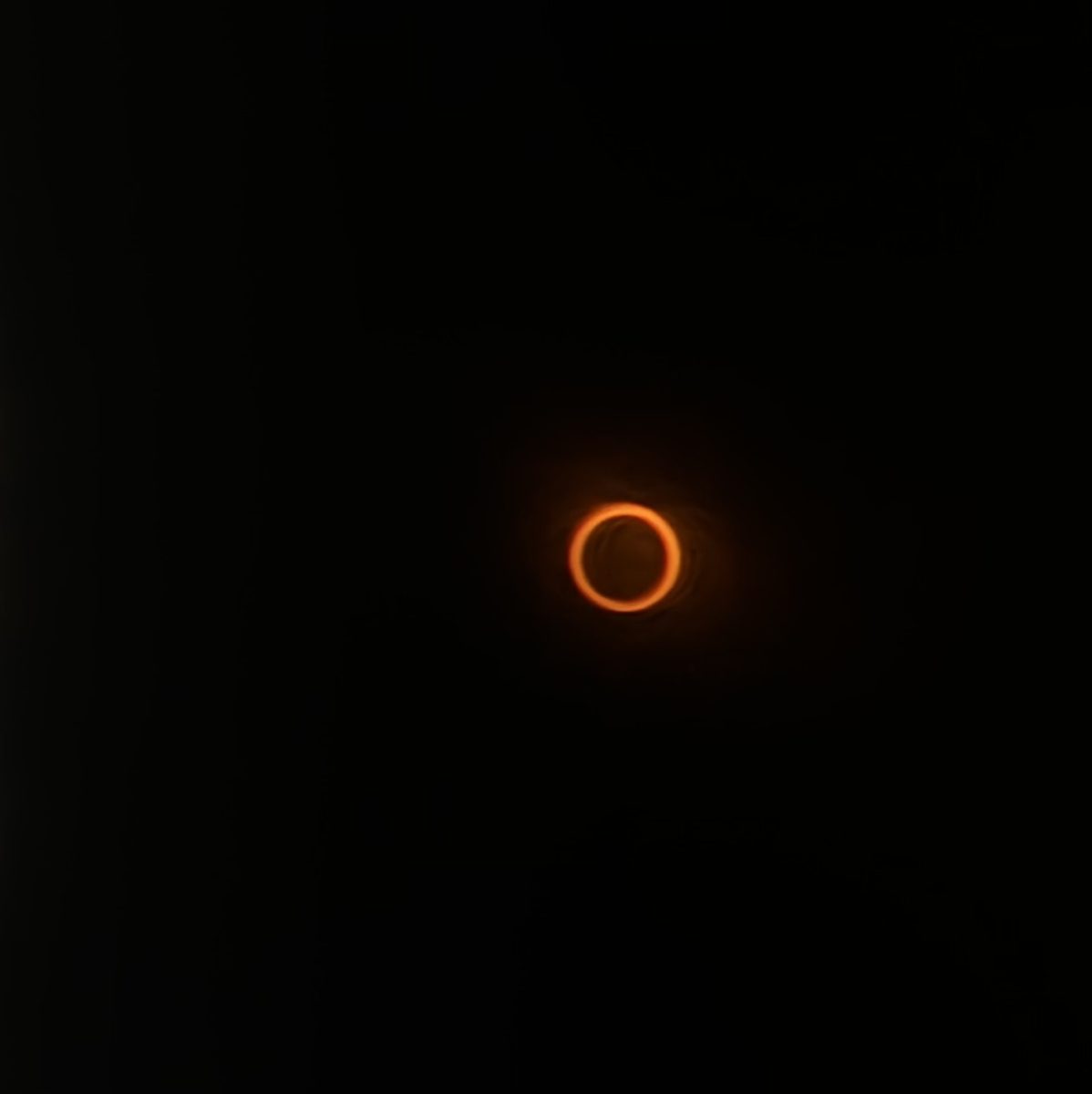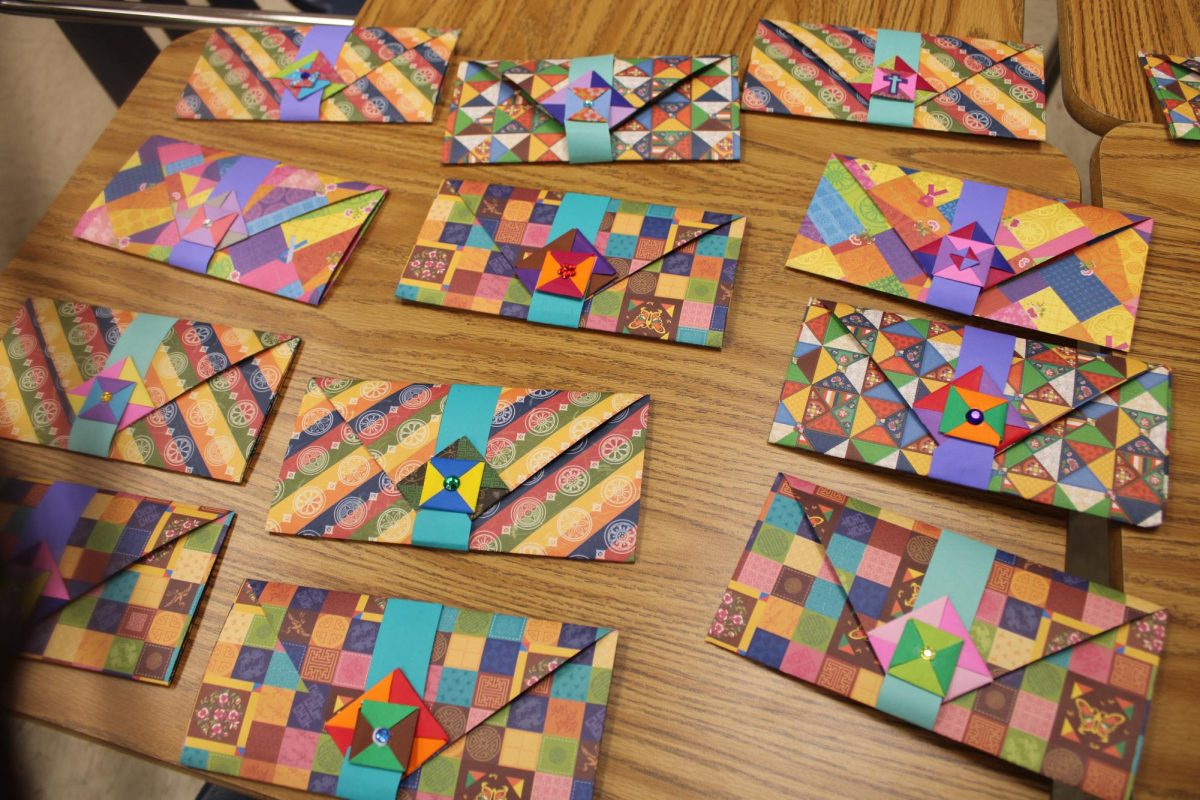An annular solar eclipse was seen from North and South America on October 14, 2023. This is a rare event that will next happen in the year 2044. An annular solar eclipse is when the moon is further away from Earth that it is on average, appearing smaller, and not covering the whole entire sun, leaving a “Ring of Fire” around the sun, as seen in the photo. “Annular” is an adjective that originated in the late 16th century from French, and means “ring-shaped”, referring to the “Ring of Fire” around the sun during the peak of the eclipse.
The moon covered 70% of the sun during the peak of the eclipse in Los Angeles. The cover photo of this article was taken in Albuquerque, New Mexico, where the full eclipse could be seen. As you can see from the photo, there is a distinct ring around the moon, which would not occur during a total solar eclipse.
Speaking of total solar eclipses, the next one will be seen on Tuesday, April 8, 2024. The moon will cover about 50% of the sun, which is less than the eclipse that just happened, but it will happen during school hours, and the peak will be at 11:12, right in the middle of snack time, which is from 11:05 to 11:20. You can expect it to get a bit dimmer, just enough to be noticeable. It will feel like the sun is no longer (or barely) a heat source, but only a light source. Don’t look at the sun without proper eye protection, not with sunglasses, but with special eclipse glasses.
You can find more information about solar eclipses and lunar eclipses on this website. It has all the eclipses, both solar and lunar, everywhere in the world until 2100. Solar & Lunar Eclipses Worldwide (timeanddate.com)
















